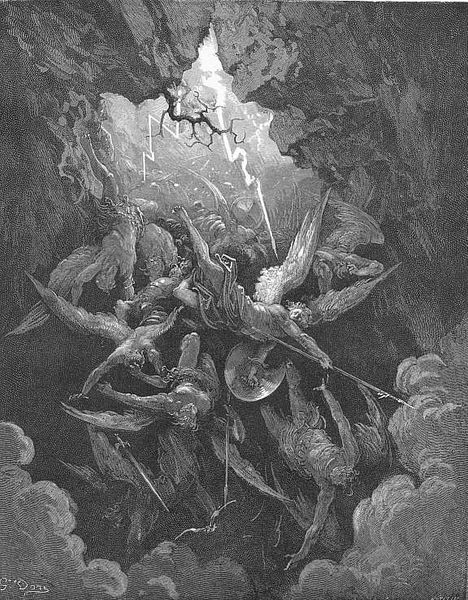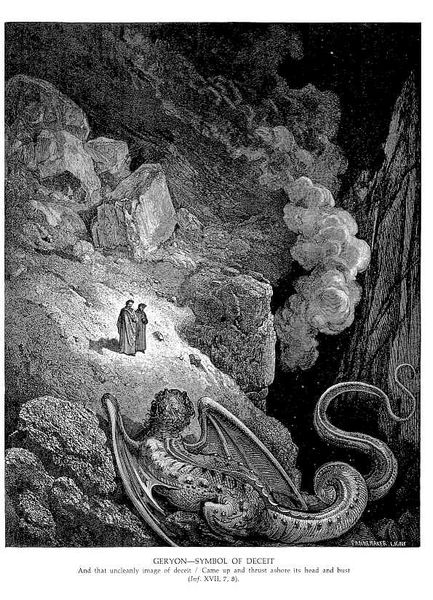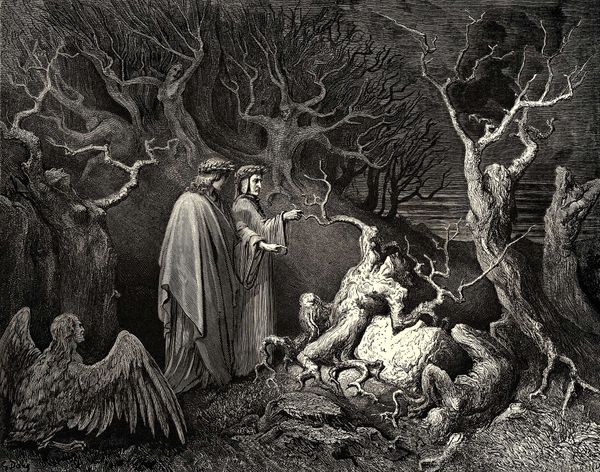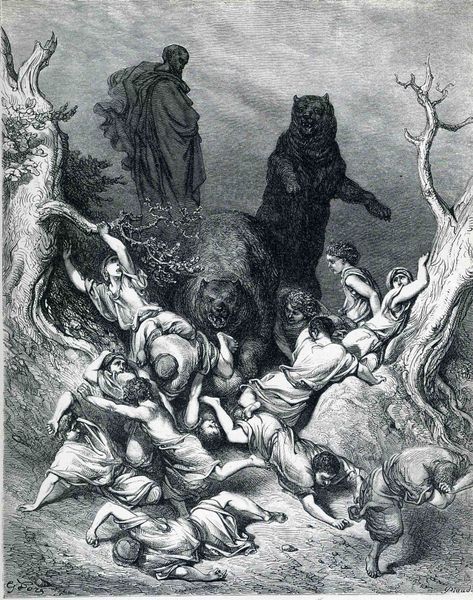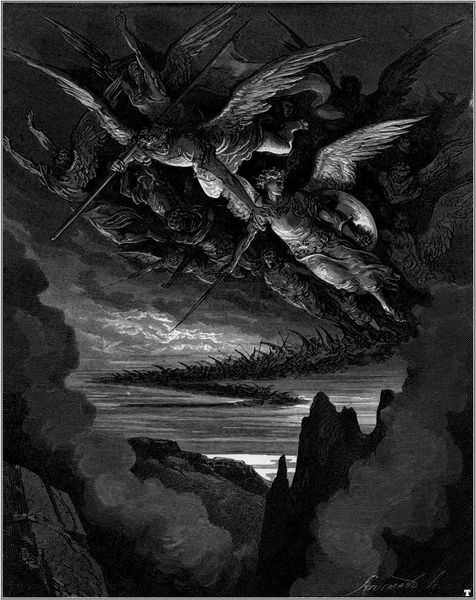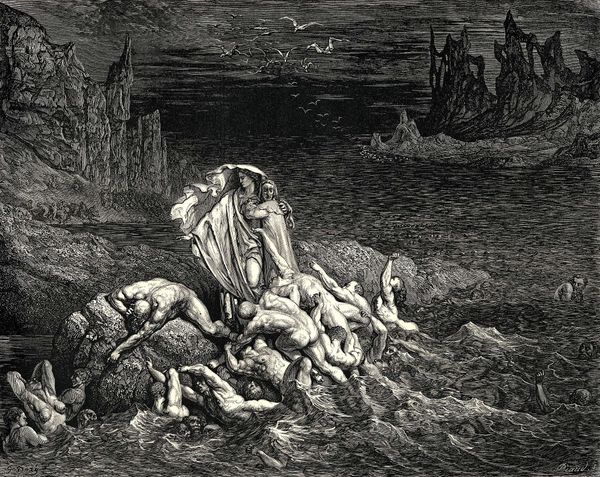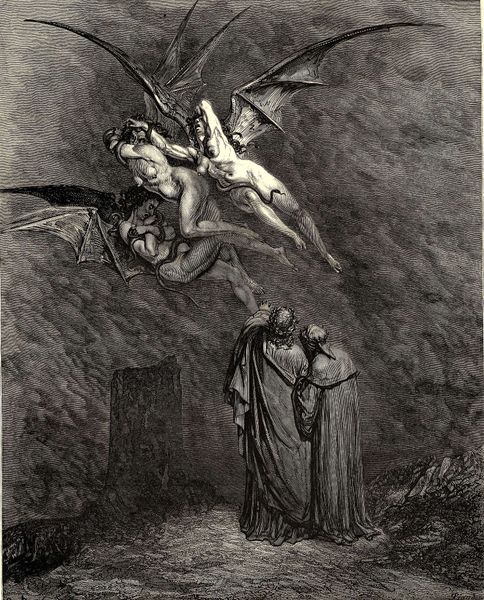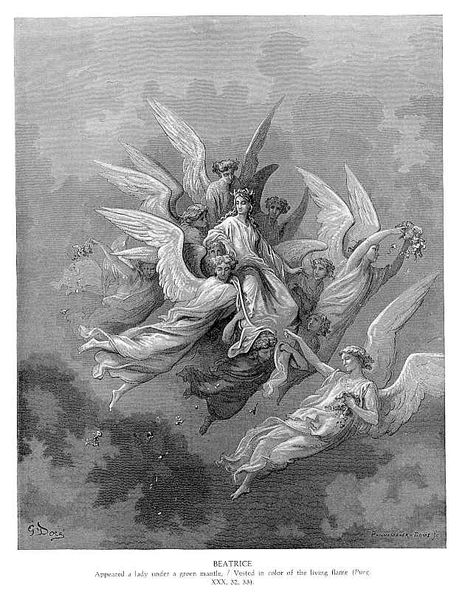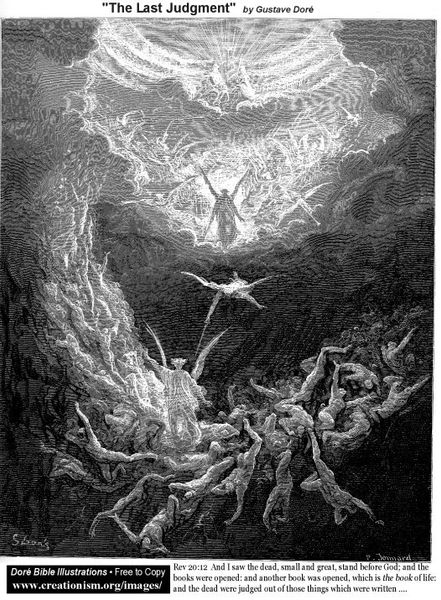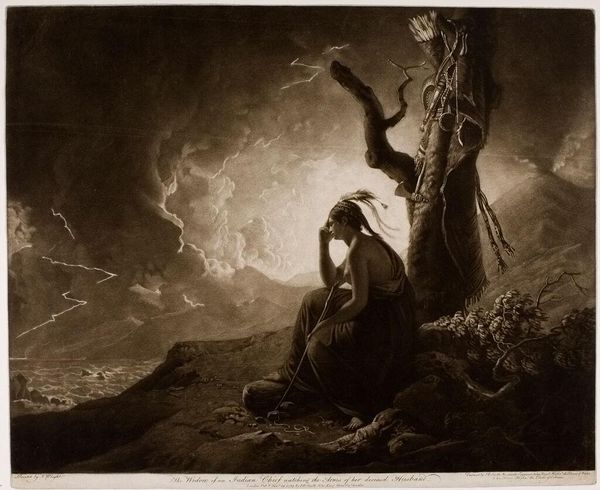
Copyright: Public domain
Gustave Doré rendered "The Vision of Death" using dark strokes and dramatic imagery. Here, death rides a pale horse, wielding a scythe—a harvesting tool turned grim reaper’s weapon. The scythe is reminiscent of Saturn, the god of time, who, like death, brings all to an end. This symbol's evolution from agricultural tool to emblem of mortality shows how our fears and subconscious anxieties shape our iconography. Consider the "memento mori" tradition—skulls and hourglasses reminding us of life's fleeting nature. Doré taps into a deep, collective fear. This isn’t merely a depiction of dying but an emotional confrontation with our own mortality. The chaotic swarm of demons further amplifies the terror, engaging the viewer on a visceral level. Notice how these symbols recur throughout art history, evolving yet retaining their primal power. Death, the pale horse, the scythe—each resurfaces, adapting to new cultural landscapes, proving the non-linear progression of symbols and their enduring impact on our collective psyche.
Comments
No comments
Be the first to comment and join the conversation on the ultimate creative platform.
